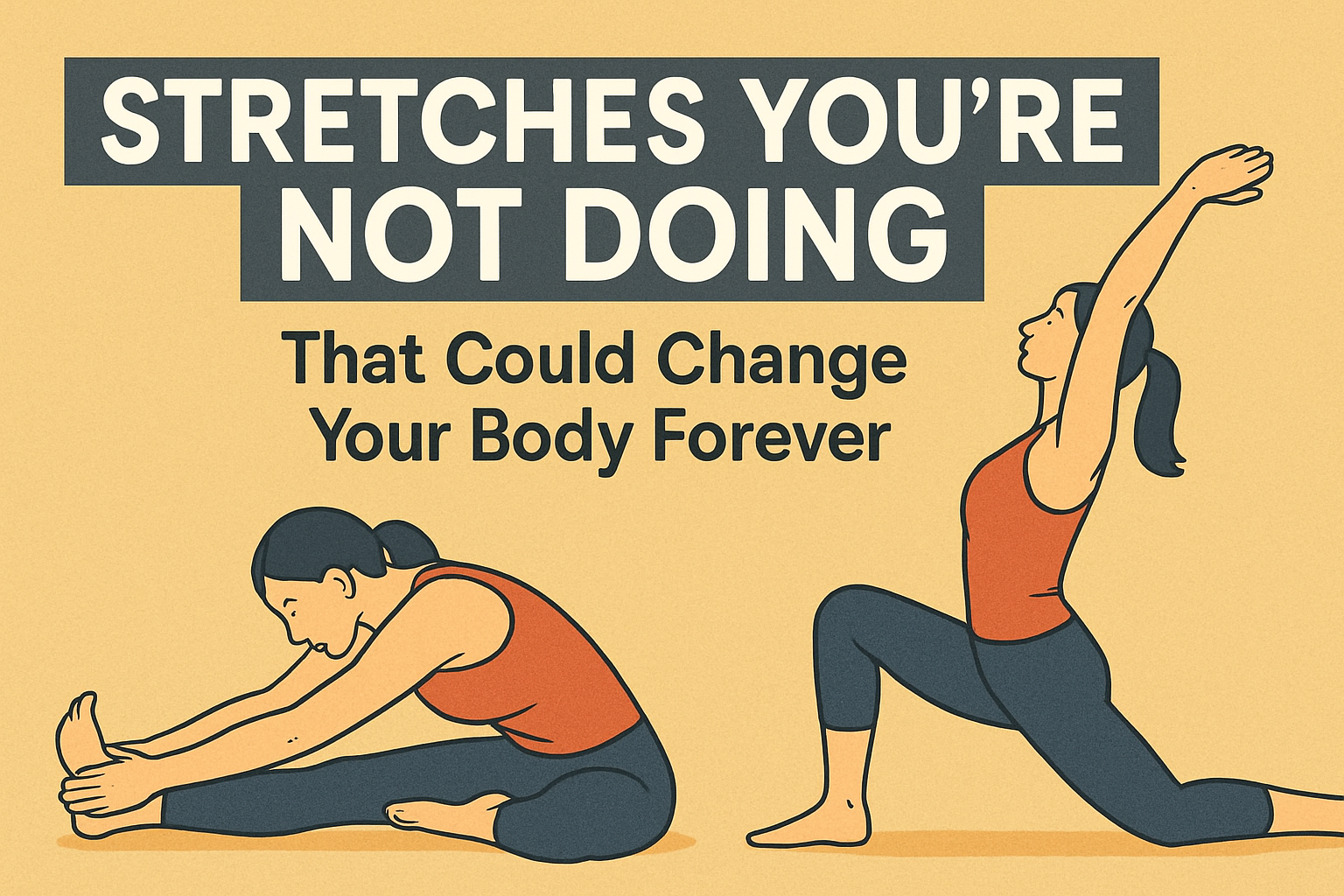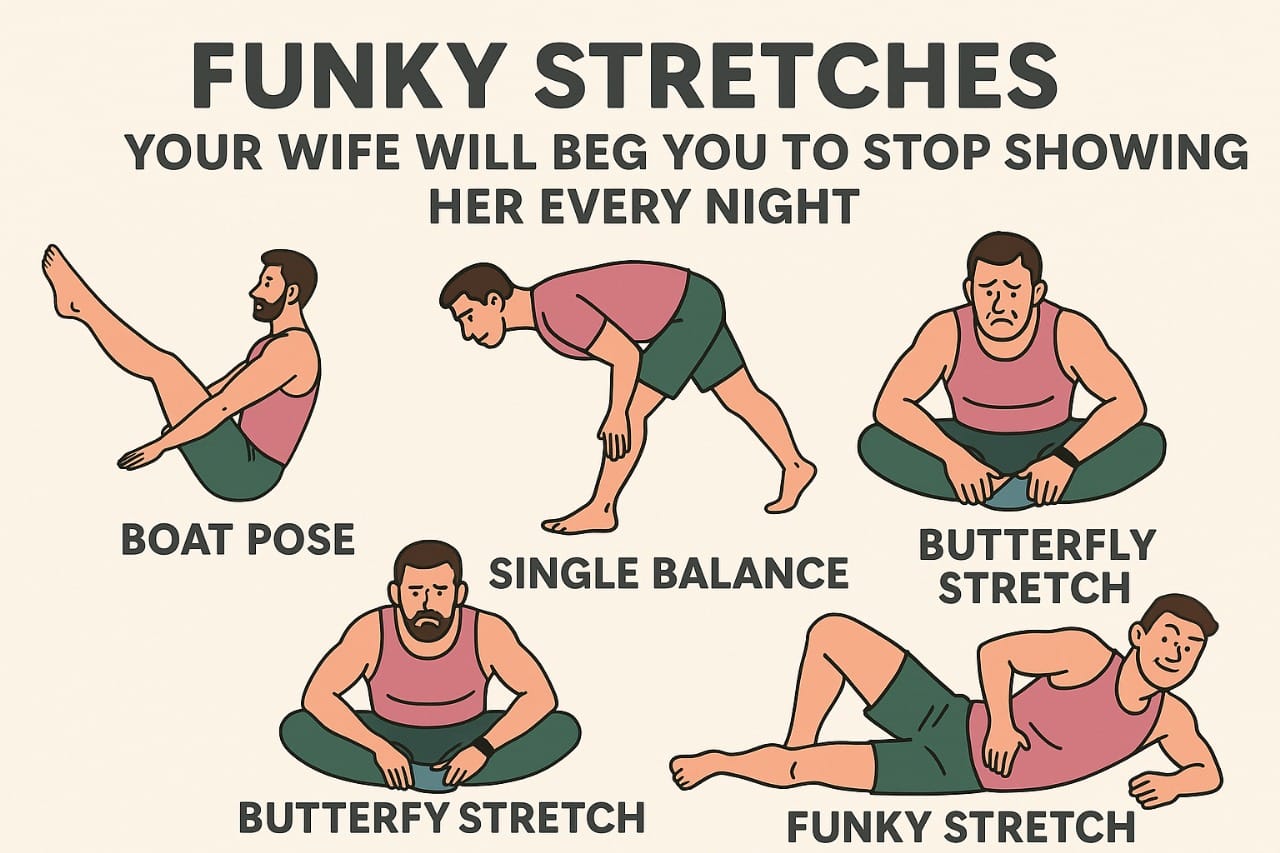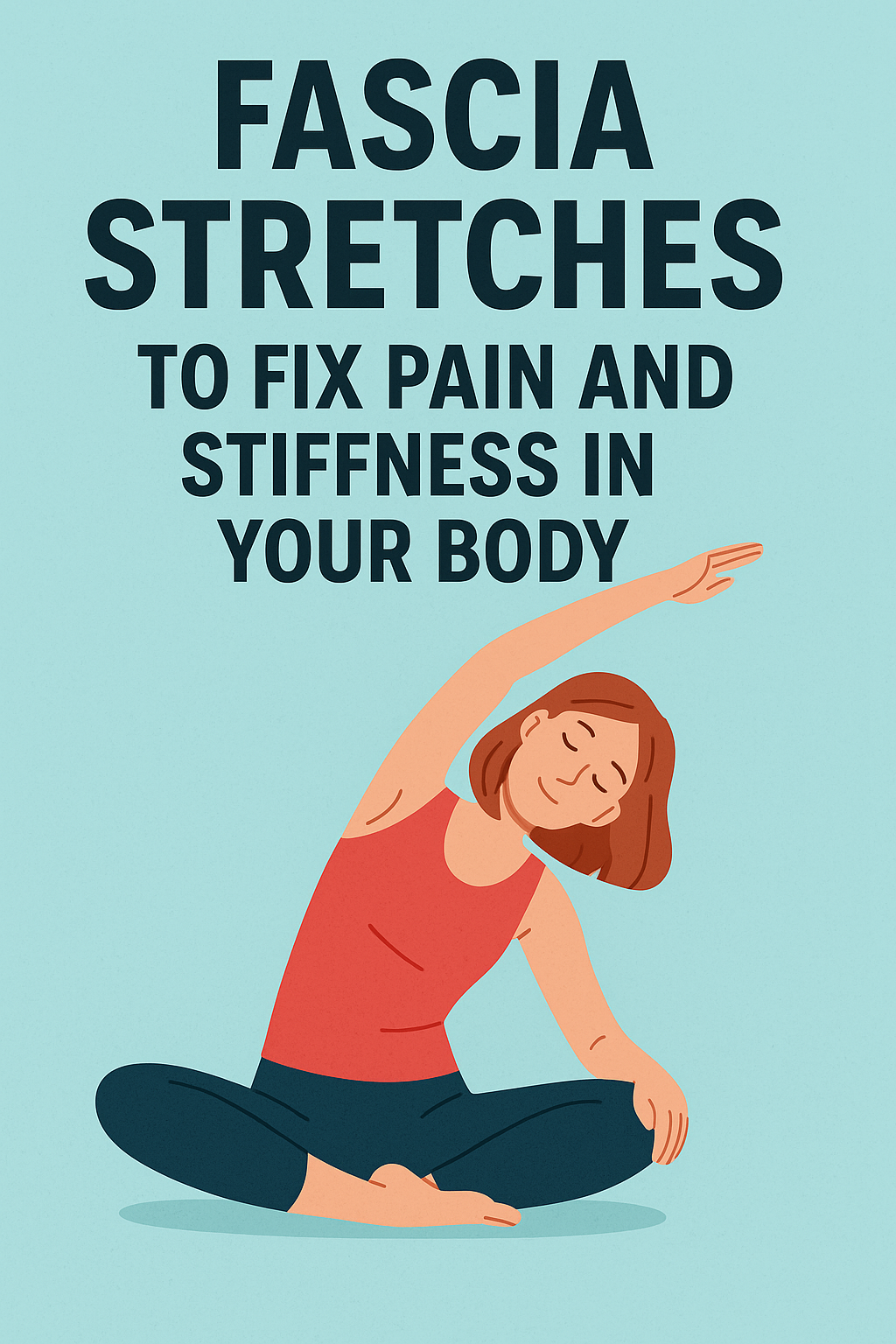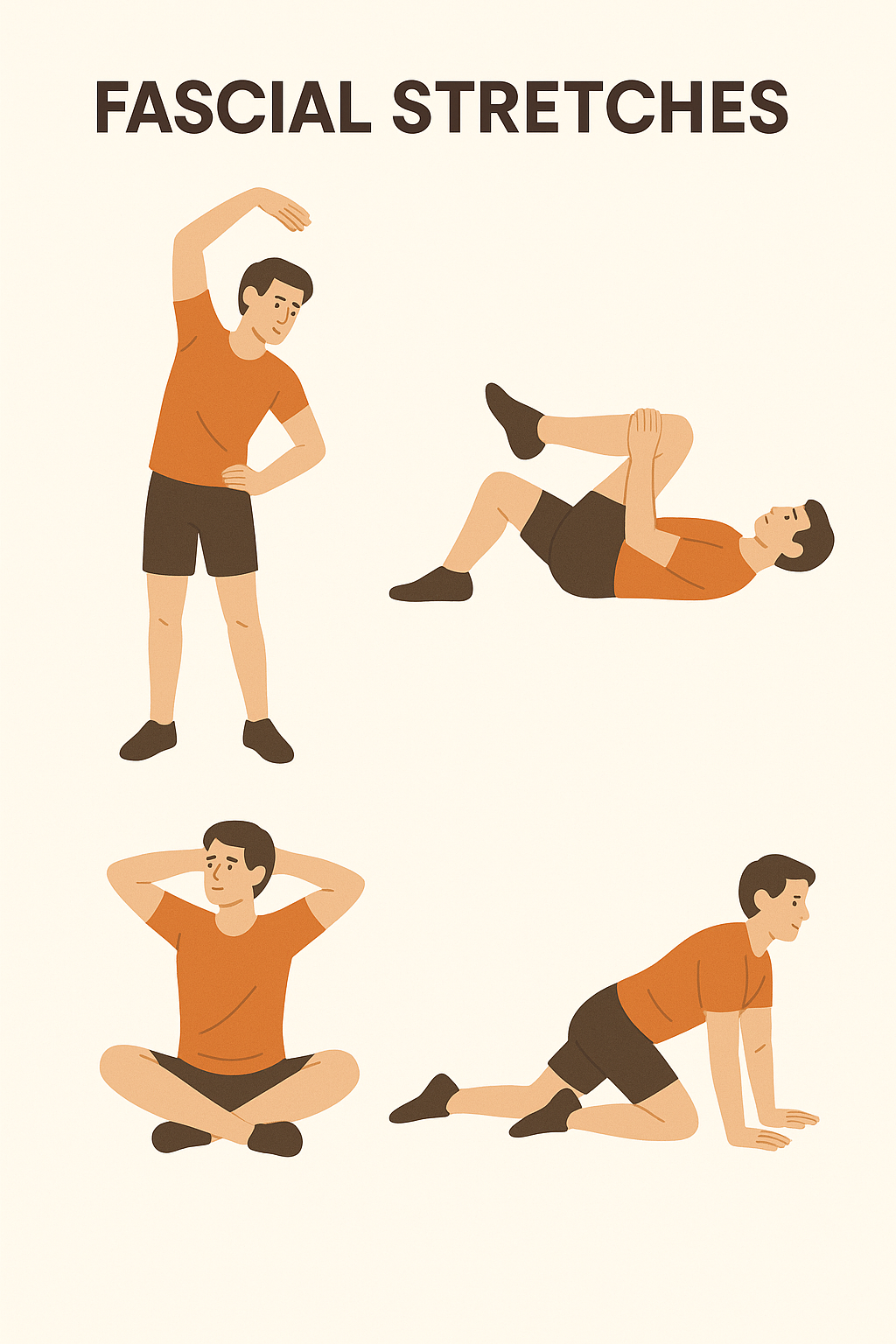When searching for the most effective stress relief methods, we're always brought back to breath work... but why do breathing exercises prove so effective in reducing stress?
So, according to Dr. Elissa Epel, the way we breathe (consciously or not) actually has a huge impact on the regulation of our nervous system!
When we breathe shallow and fast, we'll feel tense and anxious.
The opposite is true, if we breathe deep, long, and slow we can relax ourselves.
Let's take a look at some of the most effective breathing techniques for stress relief.
1) The 4-7-8 Technique:
Dr. Michael Breus explains how to lower your heart rate and calm yourself down just before bed or in the middle of the night if you wake.
He calls it the 4 - 7 - 8 technique when you:
- Slowly breathe in for a count of 4
- Hold the breath for a count of 7
- Finally, slowly breathe out for a count of 8
You will dump excess carbon dioxide which means your heart has to work less and it lowers your heart rate. Keep in mind we always wanting to be breathing through our nose to be most effective.
2) Box Breathing:
Box Breathing is equal duration inhale - hold - exhale - hold - through your nose.
If you are just starting out try out:
Inhale for 3 seconds
Hold the breath 3 seconds
Exhale for 3 seconds
Hold for 3 seconds.
If you want to really push yourself see if you can get up to 6 seconds for each side of the box.
3) Alternate Nostril Breathing:
Here is a super helpful video from Mayuri Bhandari, a professional authentic Yoga Instructor, on Alternate Nostril Breathing:
Now we get into some more advanced techniques with the Alternate Nostril Breathing that you can try out. So the left side of the body is the cooling side, while the right side is the heating side and they intertwine through 80,000 nerves as they rise up through the spine.
- So you will want to plug your right nostril and inhale through the left nostril.
- Then block both nostrils and hold for 4 seconds.
- Uncover your right nostril and exhale.
- Hold
- Then inhale from the same right nostril.
- Block your right nostril (keeping your left nostril blocked) and hold for 4 seconds.
- Uncover your left nostril and exhale out
Make sure you complete a full cycle of doing right and left an even number of times.
4) Diaphragmatic Breathing:
Let's follow along with Dr. Mae Hughes, a Physical Therapist, with her super helpful tutorial on how to practice Diaphragmatic Breathing.
As you inhale your respiratory diaphragm descends and your pelvic floor diaphragm also descends and that lengthens and a relaxation effect on those muscles.
We’re now equipped with some breathing exercises to keep ourselves stress-free and healthy moving forward!
I hope you're enjoying the tools we're providing. Tomorrow we get into even more advanced techniques that may even make you feel like you are on Psychedelics. Far out man!
Today's Host

BoostHealthDaily Host
Featured Health Specialists

Director of AME Center, UCSF

Certified Clinical Psychologist and Sleep Expert

Professor of Neurobiology & Ophthalmology

Pelvic Floor Physical Therapist










What do you think?
It is nice to know your opinion. Leave a comment.